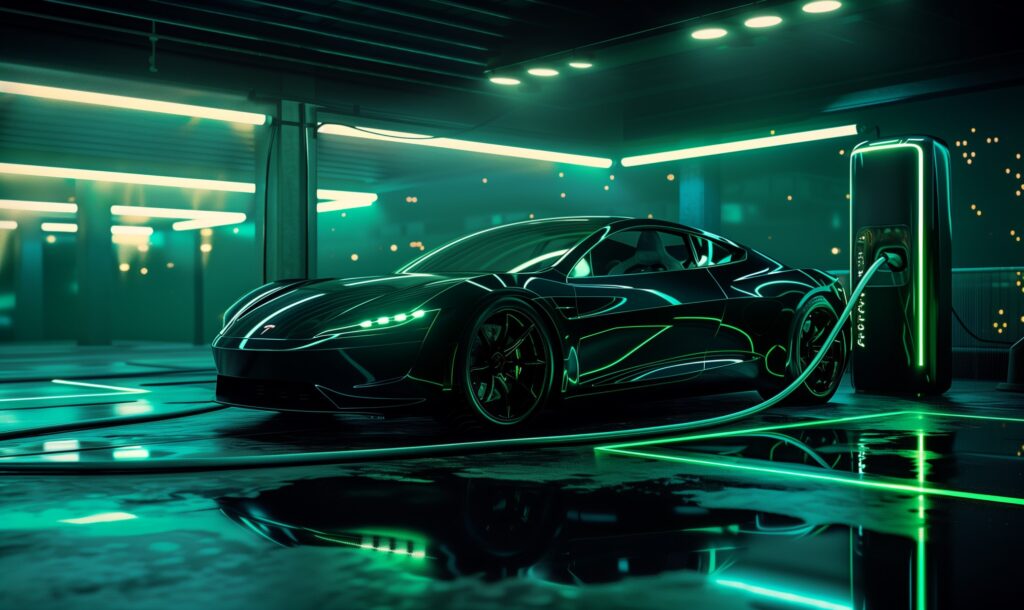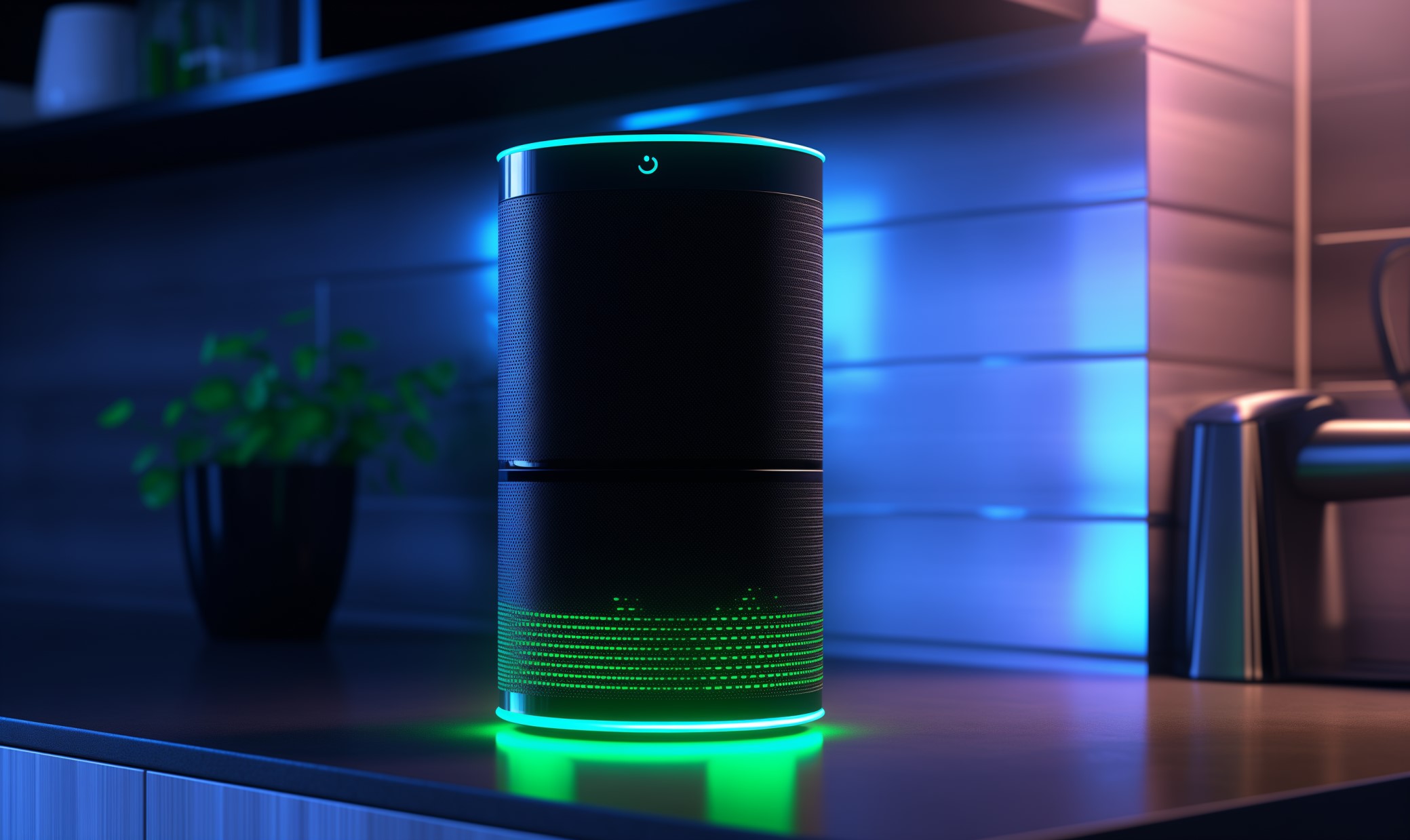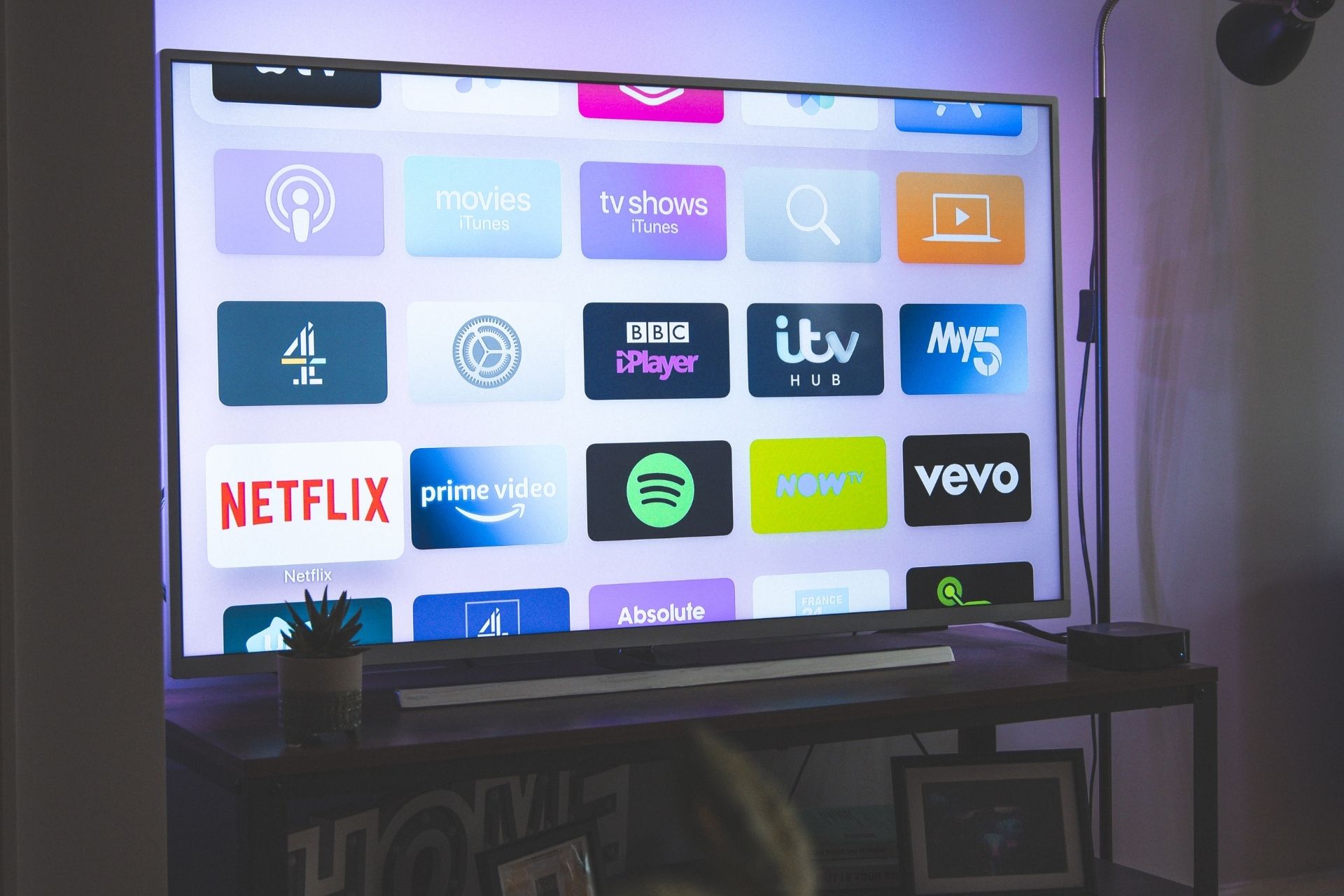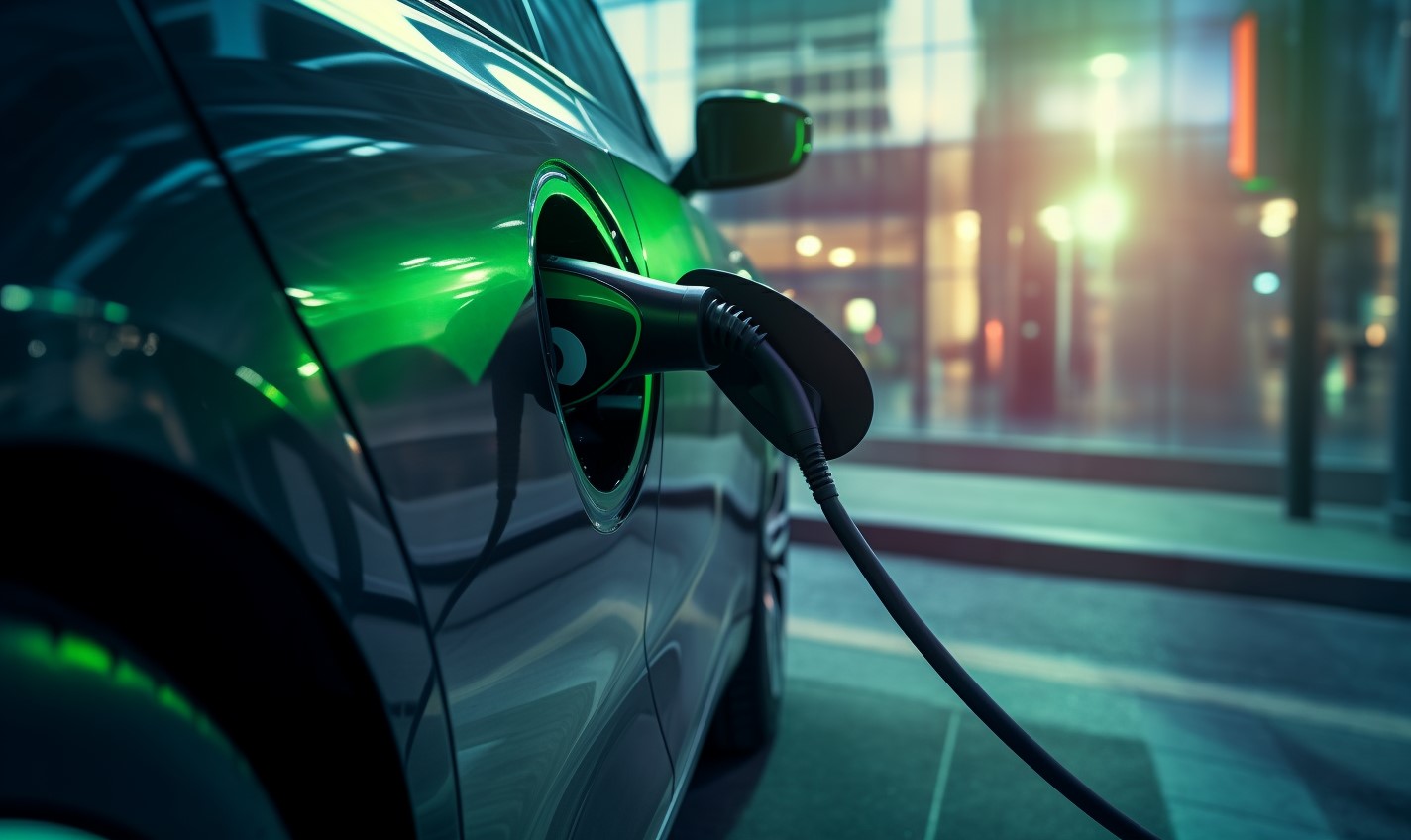Teslas are some of the most recognizable electric cars on the road today — and for good reason. They have long ranges, are packed with features and some models are relatively affordable for a new vehicle. But if you’re interested in getting one, you’ll probably want to know how long it takes to charge a Tesla.
Electric vehicles (EVs) have many advantages over gas-powered alternatives, especially if you want to reduce your carbon footprint. However, if you’re used to pumping gas, recharging your car may take some getting used to. So, how long does it take to charge a Tesla, where can you do it, and how much does it cost?
How Long Does It Take to Charge a Tesla?
How long it takes to charge a Tesla depends on a few factors. Most importantly, it depends on what kind of EV charger you’re using. EV charging equipment comes in three levels that all offer different recharging speeds.
Level One Charger
The slowest and most basic option is a Level One charger. This level uses the standard 120-volt outlets you’ll find throughout your house, giving you between two to four miles of range an hour. That means it could take four whole days to charge your Tesla from empty to full, but in most cases, you won’t need to recharge it that long.
Level One charging is slow, but it’s also the most convenient option. You can plug your Tesla in once you get home and leave the next day with enough juice for your daily commute. If you’re not driving more than 25 miles a day, charging your car while you’re home is enough. However, if you have a longer commute or do more than just go to and from work, you may want to use another charging level.
Level Two Charger
Level Two charging uses a 240-volt outlet, the same kind your oven and HVAC system likely use. These chargers will add roughly 25 to 30 miles of range per hour. So, for a 270-mile-range Tesla Model 3, it’ll take about nine hours to charge your car from empty to full. If you’re just topping it off at the end of the day, you can recharge it in just an hour or two.
While most U.S. homes have 240-volt wiring, you may need to install a special outlet to be able to use it. Tesla’s Wall Connector provides Level Two charging and may be the most straightforward way to capitalize on it at home, but you can contact an electrician to install an off-market outlet, too. Many businesses also offer free Level Two charging ports in their parking lots.
DC Fast Charging
DC fast charging provides the quickest way to charge your Tesla. This is what Tesla’s Supercharger network uses and, according to the company, can give you up to 200 miles of range in just 15 minutes. How long does it take to charge a Tesla on a Supercharger from empty to full? Depending on your model, you can fully recharge your car in about an hour or less.
The downside to DC fast charging is that you can’t install this level of equipment in your home. However, it’s becoming increasingly common to find at gas stations and other public places. There are more than 7,000 Tesla Superchargers in the U.S. today, with more emerging all the time. If you live in a fairly large metropolitan area, it shouldn’t be too hard to find a nearby fast charger.
How Much Does It Cost to Charge a Tesla?
Now that you know how long it takes to charge a Tesla, you’ll want to consider the cost. You can find some free Level Two chargers at stores that calculate EV charging into their electrical bills. Apart from that, though, you’ll have to pay to recharge your EV, just like filling up a conventional car with gas.
If you’re using Level One or Two charging at home, how much you pay depends on how much electricity costs in your area. The national average in 2022 was roughly $0.15 per kilowatt-hour (kWh), meaning it’ll cost between $12 and $17 to recharge your Tesla from empty to full.
While Supercharger costs vary, you can expect to pay around $0.26 per kWh, depending on your area and various other factors. At that price, you’ll pay about $20 to $26 to recharge it from empty to full.
How Long Does a Tesla Battery Last?
Another common question Tesla owners have is how long their batteries last. Like any lithium-ion battery, the one in your EV will lose performance over time. As a result, you’ll eventually have to replace your battery for it to be practical.
Thankfully, today’s EV batteries last a long time — roughly 10 to 20 years in most cases. At that point, your Tesla will still work, but it may only charge to 90% capacity or less, making it far less convenient. If you don’t want to spend more time and money recharging it, it may be best to replace it when you reach that mark.
Keep in mind that if you routinely use Level Three fast chargers, you may shorten your battery’s life. That’s because this equipment can cause your battery to overheat, which reduces its performance faster than it normally would.
How to Get the Most Out of Your Tesla’s Battery
Now that you know how long it takes to charge a Tesla, what it costs and how long your battery lasts, you can take some steps to make the most of it. One of the most important things to keep in mind is to use Level One and Two chargers when possible. While these take longer, they’re cheaper and won’t risk overheating your battery.
It’s also good to avoid leaving your Tesla plugged in for too long. Keep an eye on its charge level and unplug it when it reaches 100% to prevent overheating. Just like your laptop battery, your Tesla battery can experience severe issues if it gets too hot. For the same reasons, it’s best to park in a garage to avoid extreme temperatures.
For the fastest charging times and best battery life, you’ll want to avoid running your EV to empty, too. Charge your Tesla before it reaches the 20% mark to get the most you can out of it.
Charging a Tesla Is Getting Faster
Learning how long it takes to charge a Tesla is an important step in deciding whether to buy one. Once you know how long you can expect to wait and pay for recharging, you can make the most informed choice.
Recharging a Tesla still takes quite a bit longer than refueling a gas car, but it’s not as long as it used to be. As charging infrastructure grows, it’ll only become more and more convenient to charge your EV.
Recent Stories
Follow Us On
Get the latest tech stories and news in seconds!
Sign up for our newsletter below to receive updates about technology trends














